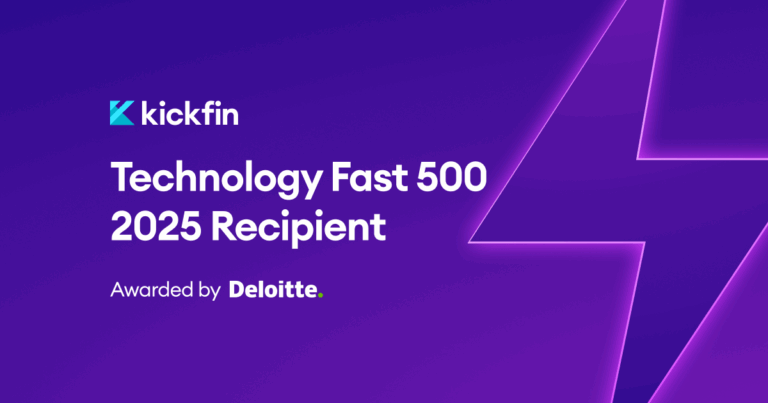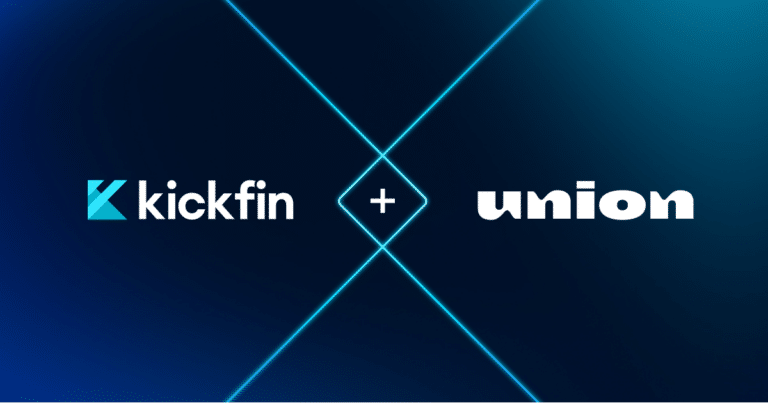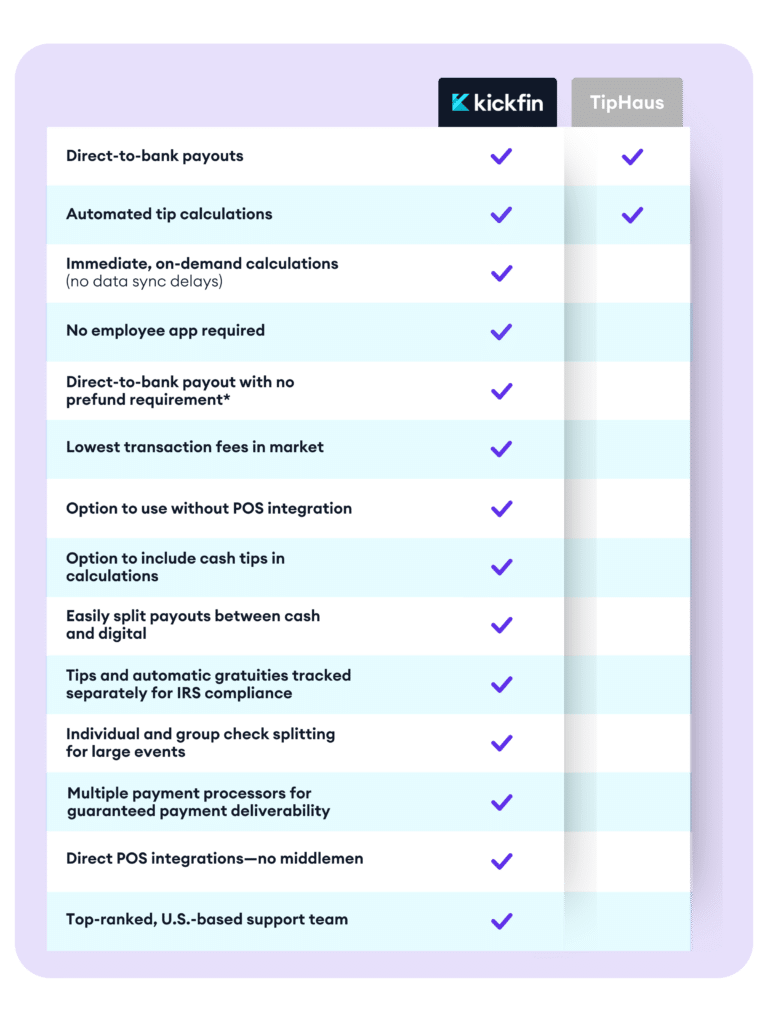Like any good business owner, restaurant operators are always looking for ways to reduce overhead costs and bump up profits. And one way to cut costs without sacrificing quality is to relieve some of your tax burden using the credits available to food and beverage businesses.
One that you need to know: the FICA tip credit. Thanks to America’s tipping culture, most servers earn the majority of wages from tips paid directly from customers, and the IRS is willing to acknowledge that.
Here’s everything you need to know about the FICA tip credit for restaurant operators. (Obligatory disclaimer: this is not intended to be legal or financial advice — always consult with your legal counsel or tax professional if you have questions!)
What is the FICA tip credit?
You’ve heard of the tip credit — here’s another “credit” that restaurant owners can use to decrease costs.
FICA taxes are your payroll taxes that go towards federal programs, like Social Security and Medicare. The liability for FICA taxes is shared between the employee and employer.
But technically, aren’t customers the one paying servers’ wages through their tips? Should all of the tipped income tax liability fall on the restaurant owner?
According to the federal government, the answer is no. You can take a tax credit to decrease your burden on employee payroll taxes based on the amount of tips that your employees report above minimum wage. This is called the FICA tip credit, which is part of the general business tax credit.
When is the FICA tip credit applicable?
There are some important conditions that restaurant operators must comply with in order to qualify for the FICA tax credit.
- You must own a food and beverage business where tipping is customary
- Tips must be given voluntarily (so service charges do not count toward tips, even if they’re paid directly to employees)
- You must owe taxes in order to qualify
- The FICA tax credit cannot reduce your tax liability below $0
- You cannot claim the FICA tax credit and deduct those same taxes as a business expense
How to calculate the FICA tip credit
Here’s an example of how to calculate the FICA tip credit for a tipped employee.
Before we get started on the math, note that the FICA tip credit is based on a minimum wage of $5.15 per hour (the minimum wage when the credit was established). Employers are allowed to take the tax credit on any tips that a server earns above the $5.15 minimum wage.
So, let’s say:
Your server works 100 hours over the course of a month. During that time, the server also earned $1000 in tips. You’re taking the tip credit and paying $2.13 an hour for her time.
100 hours x $5.15 minimum wage = $515 required minimum wage for FICA tax credit
100 hours x $2.13 hourly wage = $213 actual wages paid
$515 minimum wage – $213 actual wage = $302 ineligible FICA tax credit amount
$1000 in tips – $302 ineligible credit amount = $698 eligible FICA tax credit amount
$698 eligible credit x 7.65% FICA tax rate = $53.40 FICA tax credit
If your restaurant already pays more than the required minimum wage of $5.15 per hour, then you can simply take the FICA tax credit on any tips earned outside of their hourly wages.
For example, your server works 100 hours in a month and earns $1000 in tips. You pay her $7.25 in hourly wages.
$1000 eligible credit amount x 7.65% FICA tax rate = $76.50 FICA tax credit
Obligatory disclaimer: While we’re here to provide information and tips, remember to always consult with an expert when you’re preparing your taxes so that you can get advice personalized for your business.
Make life easier with Kickfin’s tip management platform
We know that’s a lot of math, but with powerful reporting tools, the tip management process is a whole lot smoother for everyone involved.
For better, easier tip tracking and reporting that will simplify tax season, check out Kickfin’s tip management platform. Our solution streamlines tip reporting as well as digital tip payouts and tip pool calculations. Request a demo to learn more.






